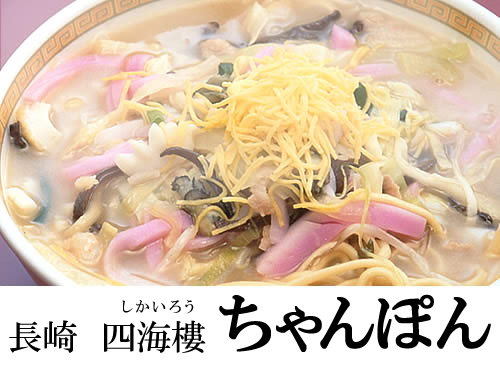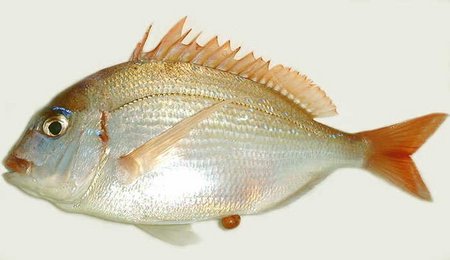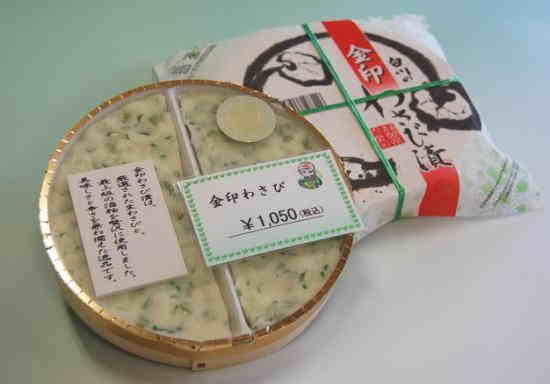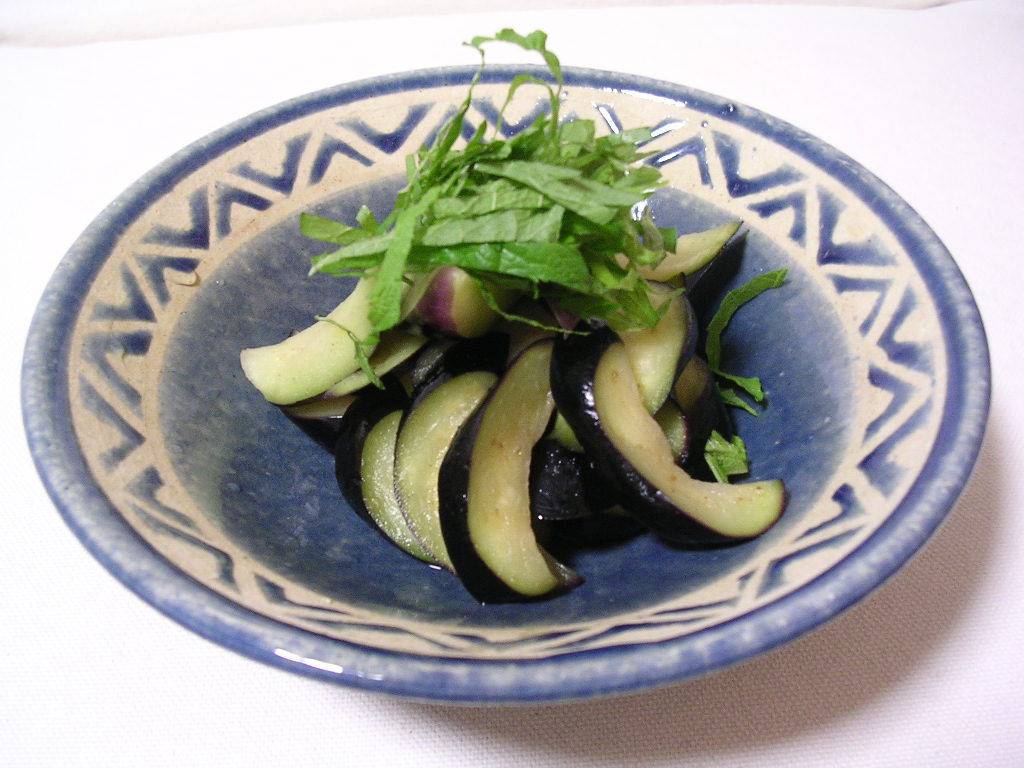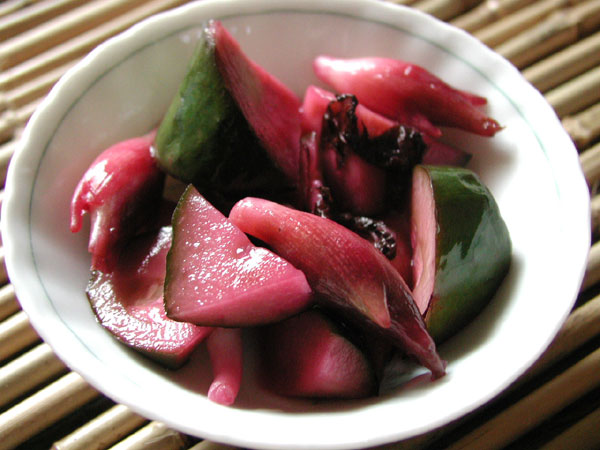
 (Moved from Oct 24, 2007)
(Moved from Oct 24, 2007)
I came across a most remarkable dish at Topolobampo in Chicago.
As my sister put it, my face lit up like the "Ratatouille mouse". I suppose the "mouse" had a moment, too, but it was the critic's Proustian moment I recall more vividly. Yes, it was that good.
(It was great to see my sister chatting with the Portuguese waiter in her limited Portu... well, Spanish.)
There it was, the second course in my tasting menu, named "Celebration Menu". It was a rather simple looking tomato and mushroom soup, but oh, my. It was paired with 2006 St. Hallet "Poacher's Blend", Barossa Valley, Australia, which was good, but forget the wine!
 *Consomé de Jitomate y Hongos: Rich consommé of roasted tomatoes and cilantro with poblano and porcini mushroom flan and brioche croutons.
*Consomé de Jitomate y Hongos: Rich consommé of roasted tomatoes and cilantro with poblano and porcini mushroom flan and brioche croutons.
The dark consommé (sorry, consomé here) had decadent flavors of roasted vegetables and mushrooms, nary a drop of fat, and I was truly sorry I couldn't have the flan and eat it too. Now, if this dish doesn't make one want to experiment with poblano chili peppers...
1) Carnitas Dos Estilos
Flaky-pastry empanada filled with pork carnitas, pork belly slow-cooked carnitas style, with Yucatecan tomato salad, paired with 2006 Knappstein Riesling, Clare Valley, Australia
2) *mentioned above
3) Langosta en Calabaza al Ancho
Pan-roasted Maine lobster stuffed with delicata "chilaquiles" in Tracey's organic delicata squash sauce, ancho chiles and sweet garlic, paired with 2005 Luca Syrah, Altos De Mendoza, Argentina.
 4) Borrego en Salsa de Pera y Guajillo
4) Borrego en Salsa de Pera y Guajillo
Chile-marinated, roasted Elisian Fields rack of lamb, guajillo chile sauce, bacon-scented potato-apple torta and jicama salsa, paired with 2003 Graziano Kazmet Vineyard Zinfandel, Mendocino County, California.
 Another revelation. The pear-infused red guajillo chile sauce had all the sweetness and heat you would hope for.
Another revelation. The pear-infused red guajillo chile sauce had all the sweetness and heat you would hope for.
5) Trio de Suenos
Upside-down caramelized pineapple tart, black and white chocolate cream cake with pumpkinseed-olive caramel crunch, lime-infused custard with apple shaved ice and raspberry "broth", paired with 2003 Capcanes Pansal Del Calas, Montsant, Spain.
 <--a amuse="" bouche="" hefty="" span="">
<--a amuse="" bouche="" hefty="" span="">
 A little something after the meal -->
A little something after the meal -->
It's about time you visited Chicago - for just the spice you needed.
(Here are the other tasting menus. "Seafood Menu," "Mole Menu.")
Update: President Obama celebrated here at Topolobampo restaurant with this Celebration tasting menu just before he was sworn in as the 44th president of the United States.
 (Moved from Feb 11, 2008)
(Moved from Feb 11, 2008)